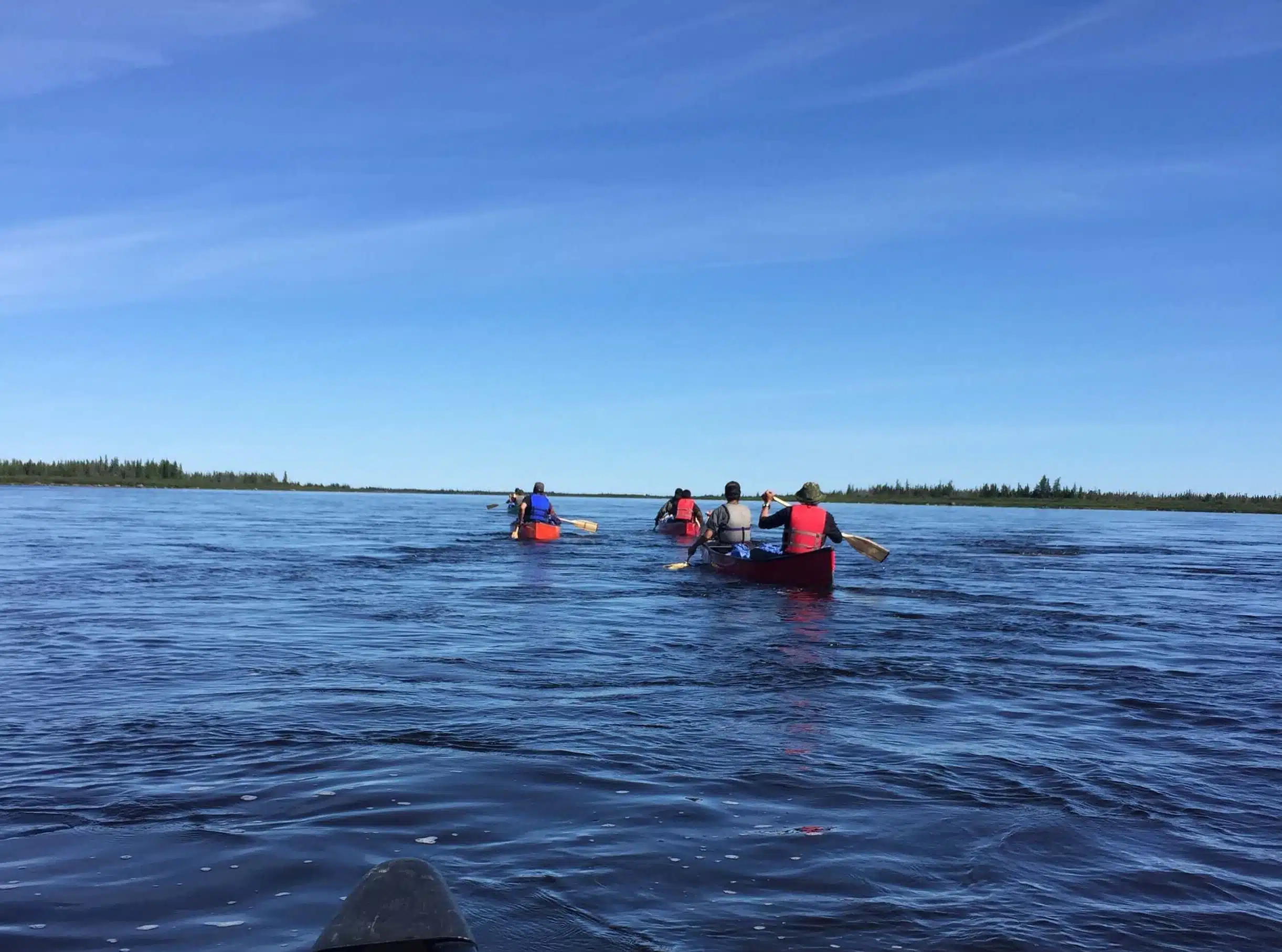
By Ron Thiessen, Executive Director of Canadian Parks and Wilderness Society – Manitoba chapter
This Opinion Piece was published by the Winnipeg Free Press on March 27, 2023.
Canada’s lakes, rivers and wetlands hold about 20 per cent of the world’s fresh water.
Yet some of our nation’s leading scientists warn us that Canada is facing a looming water crisis owing to threats from climate change, pollution and development.
Our groundwater is becoming increasingly contaminated. Many of our lakes are being suffocated by algae blooms that are fed by agricultural runoff and sewage. Record-breaking droughts are wiping out our crops. Record-breaking floods are destroying our homes, our roads and our bridges — causing billions in damages every year.
Nature needs to be part of the solution to water management. Wetlands and forests help to filter contaminants out of the water we drink and also help to retain and store water, lessening the impacts of floods and droughts.
Protecting and expanding this natural infrastructure will shield our farms, our towns and our cities from the worsening impacts of climate change.
Keeping our water clean enough to drink requires a watershed-level approach.
Once contaminants enter a drainage basin they can spread far and wide. Preventing pollution is so much easier — and less expensive — than trying to remediate its impacts.
That is why the only way we are going to solve the global water crisis is by challenging colonial assumptions. We must support Indigenous leadership and embrace their perspectives.
Water is not a resource to be owned, controlled and sold. Water is life.
Western science teaches us about the water cycle at a young age. We learn that water evaporates, forms clouds and then returns to the earth as rain and snow. And yet, somehow, our society has not learned that we cannot live if our water is not safe to drink. We have somehow accepted the fact that contaminated water is normal. We only worry if those contaminant levels go beyond an “acceptable” range.
We don’t yet know the impact on human and environmental health from the pollution we’ve allowed to enter the water cycle. We do know microplastics from Europe have been found in the Arctic Ocean.
And we know that scientists determine the age of groundwater by testing for traces of the chemicals released during nuclear bomb tests in the 1950s and early 1960s, along with other contaminants, such as the sulphur used in manufacturing semiconductors.
Indigenous perspectives teach us that — just like water — we are all connected.
We have a responsibility to care for the lands and waters that sustain us. We have a responsibility to look beyond short-term economic gains to ensure future generations of people and wildlife have a safe and healthy world in which to live.
I am honoured to be working with the Seal River Watershed Alliance of Dene and Cree peoples. Every stream, lake, and river in the 50,000-square-kilometre Seal River Watershed runs free and runs clean. That’s an area the size of Nova Scotia.
The Seal River Watershed is 99.97 per cent intact and is five times larger than the minimum threshold to be considered a “globally significant” wilderness area. There are no industrial developments or permanent roads in the watershed. The mighty Seal River is the only major river in Manitoba that remains free-flowing and unimpeded by anthropogenic developments.
And the alliance is striving to protect the entire watershed for nature and for culture as an Indigenous Protected Area.
We cannot solve the looming water crisis unless we protect the lands that our water flows through.
And we cannot achieve Canada’s ambitious target of conserving 30 per cent of our lands and waters by 2030 without the support of Indigenous leaders like the Seal River Watershed Alliance.
Indigenous peoples have stewarded lands and waters since time immemorial. Their perspectives and knowledge are critically needed.
Canada is experiencing a new era of reconciliation with Indigenous peoples and reconciliation with mother nature. Indigenous-led conservation is rightfully at the forefront.
Western science is integral and we need to weave it with Indigenous knowledge as the best foundation for decision-making. This approach involves us stepping outside of our boxes and challenging ourselves to think differently. To ask ourselves, how can we fully embrace Indigenous leadership in designing a healthy future?
Show your support for the Seal River Watershed Alliance’s efforts with this easy letter-writing tool.
This opinion piece was adapted from a presentation at the United Nations Water Conference in New York delivered by Ron Thiessen, executive director of the Manitoba chapter of the Canadian Parks and Wilderness Society, on World Water Day.
–Thanks in part to the National Audubon Society for making this blog possible. CPAWS greatly appreciates its support of our boreal conservation efforts in Manitoba–
